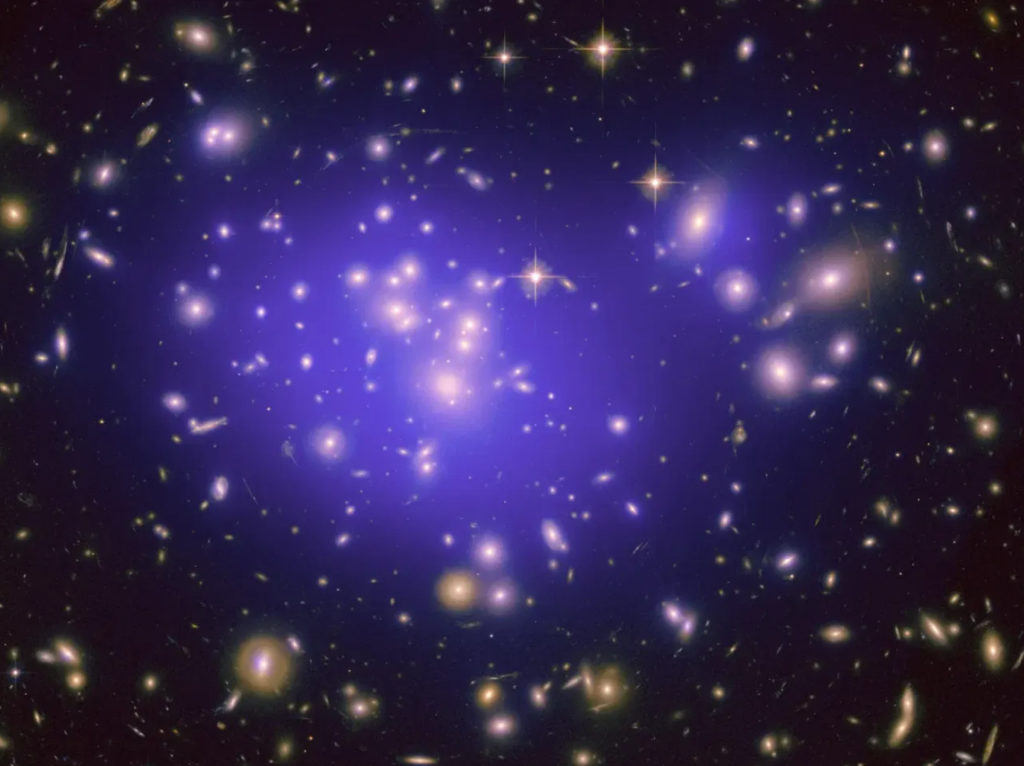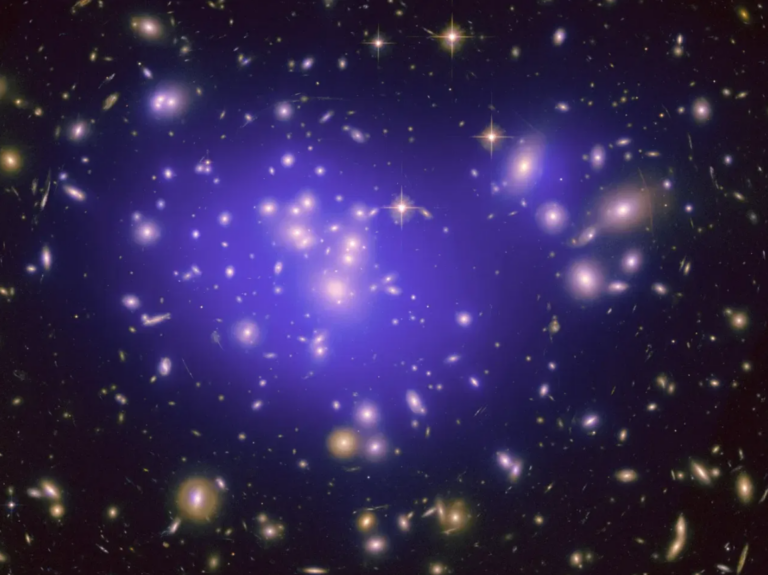Scientists Propose Improved Theory for Dark Matter Halos in Galaxies
Dark matter haloes permeate and encircle galaxies, exhibiting notable variations in the density of dark matter within galaxy cores. This diversity proves challenging to elucidate using dark matter particles devoid of collisions. However, it finds a plausible explanation in dark matter particles interacting through an unseen force. The research introduces an innovative approach to explore dark matter, employing a blend of simulations and observations.

Dark matter, an enigmatic substance essential for preserving the structures of all galaxies, including the Milky Way, is imperative due to an observed mass deficit when solely considering stars. Named for its lack of interaction with light, dark matter has prompted various theoretical frameworks, with Cold Dark Matter (CDM) standing as a prominent paradigm. Yet, scientists highlight inconsistencies between CDM predictions and empirical observations, prompting the consideration of ‘Self-interacting Dark Matter’ (SIDM) as a viable alternative.
Detectable through gravitational lenses that bend and amplify light from distant sources, dark matter haloes challenge the CDM paradigm. While CDM posits non-colliding dark matter particles, SIDM contends that collisions indeed occur, particularly within galaxy cores. Researchers argue that the SIDM paradigm offers a more satisfactory explanation for the observed dark matter haloes in galaxies.
The findings, presented in The Astrophysical Journal Letters, aim to address two concurrent cosmic puzzles. According to lead author Hai-Bo Yu, “The first involves a high-density dark matter halo within a massive elliptical galaxy, detected through strong gravitational lensing observations. Its density challenges the prevailing cold dark matter theory. The second puzzle pertains to dark matter halos of ultra-diffuse galaxies, characterized by extremely low densities that are challenging to reconcile with the cold dark matter theory.”
Do not forget to share your opinion with us to provide you with the best posts !




0 Comments